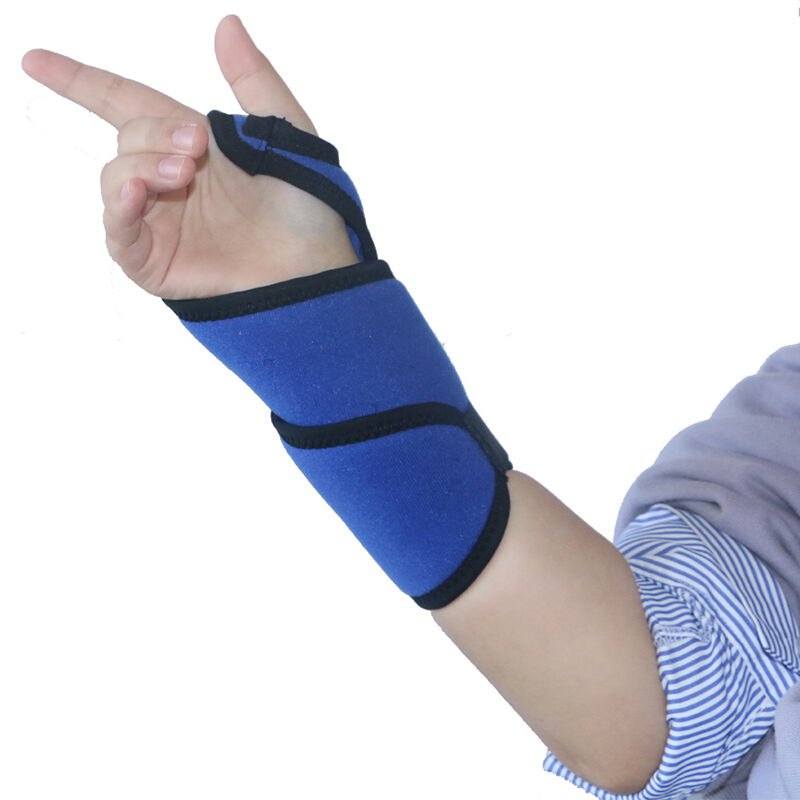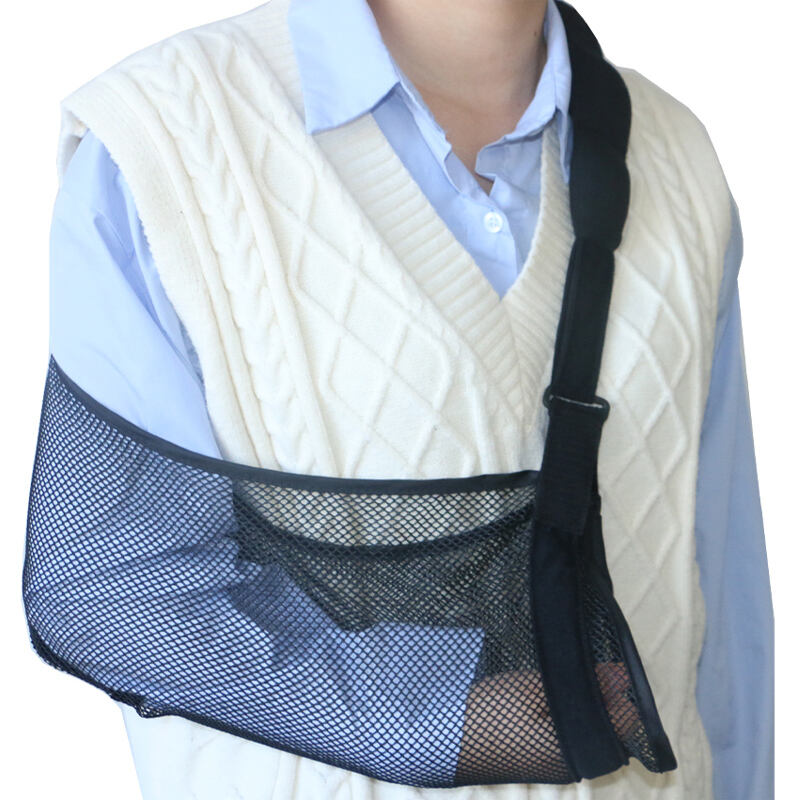Enhancing Mobility: Benefits of Patient Gait Belts in Rehabilitation
Benefits of Patient Gait Belts in Rehabilitation
Patient gait belts are pivotal in promoting safety and effectiveness during rehabilitation by offering a secure grip for caregivers, significantly reducing falls and accidents. Studies indicate that the use of gait belts can lower injury rates by up to 30% among patients. This enhanced safety is crucial in both healthcare settings and home care, providing peace of mind to both caregivers and patients.
Moreover, gait belts contribute to increased patient mobility by instilling a sense of stability and security. Patients often feel more confident and encouraged to participate in rehabilitation activities when they have the support of a gait belt. This psychological boost can lead to improved mobility outcomes, as patients are more likely to engage in movements and exercises necessary for their recovery.
The benefits of gait belts also extend to caregivers by mitigating physical strain. By distributing the patient's weight more evenly, gait belts reduce the risk of musculoskeletal injuries among caregivers. This is particularly important as over 50% of caregivers report injuries from improper lifting techniques. Consequently, promoting proper body mechanics through the use of gait belts can help ensure the safety and well-being of both caregivers and patients.
Lastly, gait belts foster encouragement and confidence in patients, which are vital for emotional and mental recovery in rehabilitation. By increasing a patient's sense of safety and stability, gait belts can improve self-esteem and motivation, both of which are key components in the journey toward recovery and independence. The comprehensive benefits of gait belts make them an indispensable tool in the rehabilitation process.
How Gait Belts Enhance Patient Care
Gait belts are essential tools in patient care, primarily by facilitating safe transfers. These belts provide a secure method for caregivers to assist patients in moving between different surfaces such as beds and chairs, significantly reducing the risk of accidents. By offering a reliable grip, gait belts ensure that both caregiver and patient can maneuver smoothly and safely, preventing mishaps during critical movements.
Supporting walking and movement, gait belts allow caregivers to maintain physical assistance, significantly enhancing a patient's sense of independence. Patients who require aid can move with assurance, knowing that the caregiver is there to stabilize them, thereby boosting confidence and the likelihood of participation in everyday activities. This enhanced sense of security is vital for recovery and overall well-being.
These belts also play a crucial role in preventing falls and accidents. Studies indicate that the implementation of gait belts has resulted in a reduction of fall-related injuries by over 25% in care facilities. By providing necessary support and stabilization, caregivers can confidently assist patients through various movements, thus minimizing incidents of falls and related injuries in healthcare settings.
Reducing caregiver injuries is another significant advantage of using gait belts. Proper application of these belts minimizes the back strain and injury risks for caregivers. This is crucial for maintaining a healthier work environment within healthcare facilities, ensuring that nursing staff can perform their duties without endangering their own physical well-being. As such, gait belts are indispensable not only for patient safety but also for the health of caregivers.
Types of Gait Belts: Choosing the Right One
Selecting the appropriate type of gait belt is crucial for ensuring both patient safety and caregiver efficiency. Padded gait belts with handles are designed to provide added comfort and grip, significantly reducing the risk of skin abrasions during patient transfers. The padded aspect of these belts ensures that both the patient and caregiver have a less cumbersome experience, which is essential for maintaining dignity and comfort.
Velcro gait belts offer an alternative with adjustable sizing and ease of use, making them ideal for a wide range of patients. These belts can be quickly adjusted to fit different body types, allowing caregivers to efficiently manage transfers and positioning tasks without the need for multiple belt sizes. This flexibility makes Velcro gait belts a versatile option in various healthcare settings.
For patients who require extra support, bariatric gait belts are tailor-made to address the needs of larger individuals. These belts ensure that even heavier patients can be transferred or assisted in walking without compromising safety or support. By catering to the unique requirements of bariatric patients, these belts provide peace of mind and security during transfers.
To enhance safety further, gait belts with leg straps offer additional security for patients at higher risk of falling. These belts help distribute weight more evenly during transfers, effectively locking the belt in place and preventing slippage. By incorporating leg straps into the design, these belts minimize the chance of accidents and provide caregivers with a reliable tool for safe patient handling.
Product Spotlight: Featured Gait Belt Products
In the domain of patient rehabilitation, selecting the right therapeutic aids can play a crucial role in recovery. The Wrist Ice Pack Wrap-CGSL501 is one such innovative product designed for patients requiring cold therapy during rehabilitation. This product offers adjustable comfort, allowing you to modify the strap for a personalized fit. It's specifically engineered to aid in post-therapy care by helping reduce swelling, sprains, and other discomforts.
Meanwhile, for the rehabilitation of shoulder injuries, the Arm Sling For Shoulder Injury-CGSL282 is an essential aid that provides moderate support to injured arms and shoulders. This sling ensures comfort and air circulation, making it ideal for both shower use and all-day wear. Its adjustable design is fit for most adults, facilitating a hassle-free recovery process while allowing patients to carry out mobility tasks with safety and ease.
Considerations for Using Gait Belts in Rehabilitation
Training for proper use of gait belts is essential to maximize safety and benefits. Caregivers and healthcare professionals must be well-educated on the effective utilization of these devices in order to safely assist patients. Proper training ensures the gait belt is used to maintain the patient’s balance and mobility, reducing potential risks during transfers or walks.
It is crucial to assess patient mobility levels to select the appropriate type of gait belt. Understanding the patient's specific needs allows for the use of the correct belt, which ensures not only patient safety but also comfort during rehabilitation. Choosing the right gait belt aids for those with varying weight-bearing capacities and provides the necessary support for effective recovery.
For elderly patients, the benefits of using gait belts are significant. They provide increased security, mobility, and independence during recovery, which can help reduce feelings of helplessness and depression commonly associated with aging and injury. By decreasing the fear of falling, gait belts enable seniors to participate more actively in their daily activities, enhancing their overall quality of life.
Role of Gait Belts in Fall Prevention
Gait belts play a crucial role in fall prevention for patients, particularly those at higher risk of falls. By providing physical support, they help identify individuals who may need additional assistance to maintain balance and prevent accidents. A proper understanding of fall risks allows caregivers to utilize gait belts effectively, ensuring patient safety and stability.
To maximize the benefits of gait belts in fall prevention, implementing best practices is essential. Regular training sessions and patient assessments are key components of an effective fall prevention strategy. These practices ensure caregivers are equipped with the skills needed to use gait belts safely and effectively, thereby minimizing fall incidents.
Moreover, integrating technology such as alarm systems with gait belts can provide an extra layer of safety. These alarms can alert caregivers to any sudden movements that might indicate a fall risk, allowing for prompt intervention during rehabilitation. This technological assistance supports the primary function of gait belts, further enhancing the safety and well-being of patients.

 EN
EN






























